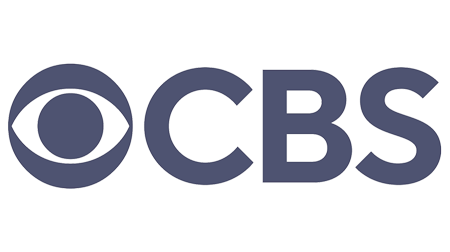Hope you are all doing well. Stocks started the week on a positive note but reversed course on Wednesday and Thursday, leaving the major U.S. indexes little changed overall for the week. At the market’s weekly peak on Tuesday, the three major U.S. indexes had fully recovered the losses experienced since the beginning of Russia’s invasion of Ukraine in late February. The first quarter of 2022 ended lower. The S&P 500 is down about -5.0%, the lowest quarterly performance since the first quarter of 2020. Will Smith dominated the news this week, so I have broken down this week’s news using lyrics from his song Gettin’ Jiggy Wit It.
The 2-year treasury is moving on up and for the first time since 2019, the yield curve inverted. What that means is that investors are being compensated more for locking up their money for two years then they are for ten years. Inversion is indicative of a higher level of concerns about short-term relative to the long term. It can be a signal of looming recession because people feel worse about the immediate future. The yield curve inversion is a warning signal, but it is still just one datapoint. Don’t read too deeply into it. Historically the indicator is more reliable when the inversion lasts for at least a month, and when other parts of the curve are also inverted. Other parts of the curve have not inverted. The 10-year and three-month yields, which is often a preferred indicator and remains positive.
Doom and gloom is being pedaled by many media outlets. Despite all the negativity the US economy continues to show evidence of its strong health. March marked the eleventh month in a row that gains have exceeded 400,000. It is the longest such stretch of growth in records dating to 1939. More people are working. The jobs unemployment rate is 3.6%, a post-pandemic low. The labor force participation rate is climbing, now at 62.4%, an indication that workers are returning to the workforce. Workers are making more. Average hourly earnings increased to 5.6% year-over-year. Americans have more savings. U.S. households overall are entering the year with over $2.5 trillion more in savings than before the pandemic began. This will soften the blow of rising borrowing costs in the year ahead.
My calendar link is below. If you haven’t scheduled a review or you just want to have a quick call to discuss your investments please use the link and schedule a time.





